February 25, 2022 | Alumni
Canoe trips and Caribbean law: Black history stories to read throughout the year
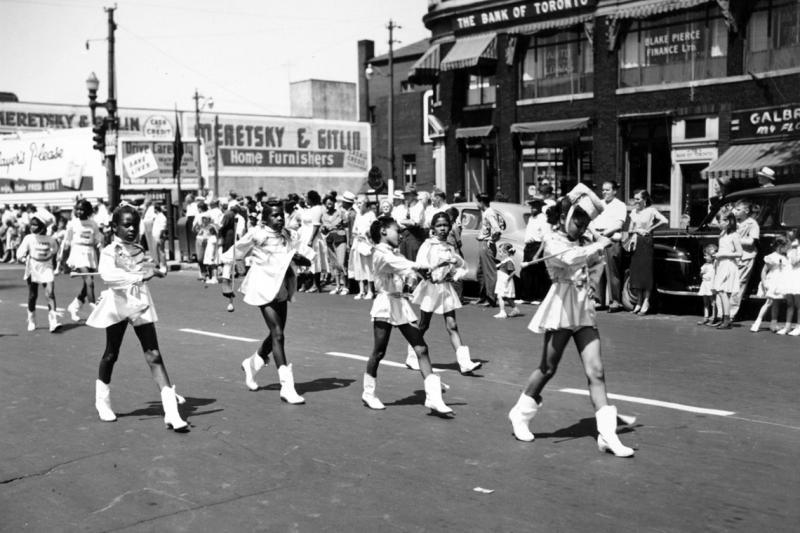
Mid-century Emancipation Day celebrations in Windsor, Ontario. Photo courtesy E. Andrea Moore Heritage Collection/Essex County Black Historical Research Society
Every February, Canada honours our Black history during Black History Month, an initiative that became a national event in 1995 through the efforts of U of T alumna Rosemary Sadlier (MSW 1982, BEd 1992).
To help us keep reading and learning, we’ve collected stories ranging over two centuries. They're about U of T alumni, students and professors who either made Black history themselves, or who work to tell the Black stories that shaped—and still shape—our present.
1810s – The Black snowshoers who walked 1,000 kilometres across Canada

U of T PhD student Jacqueline L. Scott researched the 104th (New Brunswick) Regiment of Foot, who walked from Fredericton to Kingston through the bitter winter of 1813 to help Canada defend against attacking American troops. Among them were several Black soldiers, including John Marrion, pictured. Read the full story about the Black Loyalists of the 104th.
1850s and 1860s – How Alexander Augusta became the highest-ranking Black officer in the U.S. Army

Denied entry to medical school in his homeland, Alexander Augusta (BMed 1860 TRIN) came to U of T in the 1850s. After excelling in his studies, he went on to care for Black troops during the U.S. Civil War, persuade Congress to desegregate streetcars in Washington D.C., and teach anatomy as the first Black professor of medicine in the United States. Read the full story of the Doctor of Courage.
1870s – a long-ago canoe trip inspired a vibrant tale of Prairie Black history

During her PhD research, U of T Scarborough English professor Karina Vernon stumbled upon a historical account of a “Black paddler” gliding along Alberta’s Peace River 150 years ago. Intrigued, Vernon switched her thesis to uncovering more voices from Black history, published in her book The Black Prairie Archives. Read the full story of what Vernon learned about Black Prairie communities.
1900s – Discrimination shadowed Myrtle Burgess’s time at U of T, but she didn’t stand alone
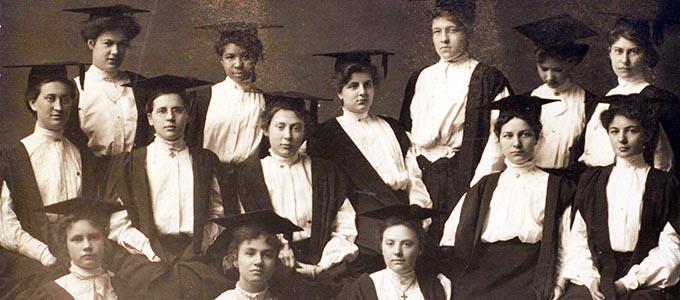
What little we know of the time Myrtle Burgess (BA 1909 TRIN) spent at Trinity College is contained in a single letter. Written on November 21, 1905, the letter is from Provost Thomas Macklem (BA 1887 TRIN, MA 1896) and although it is an articulate defence of Burgess’s right to attend the College, it also offers an important glimpse into the discrimination she faced. Read the full story of the Burgess letter at Trinity College ... and read a follow-up story about Burgess's life after university.
1940s – Gloria Carpenter studied law to be a better citizen—and a champion for children

From debating, piano and editing an undergraduate journal, U of T alumna Gloria Carpenter (BA 1945 TRIN) went on to influence family courts in Jamaica, ensuring children born outside of wedlock were legitimatized. She also helped establish the law faculty at the University of the West Indies. Read the full story of Gloria Carpenter’s life of service.
1940s to 2000s – How John Braithwaite broke down barriers for half a century, beginning with varsity athletics

The first Black player on U of T’s basketball team, John Braithwaite (BA 1951 UC, BSW 1955, MSW 1956) was an all-round success at sports, academics, and community. After earning three degrees here, he went on to run youth programs in North Vancouver, serve on city council, and help start the Squamish Nation’s first social work program. Read the full story of John Braithwaite's achievements at Varsity Blues.
1950s – When Rosa Parks and the Supremes headlined Emancipation Day celebrations in Canada
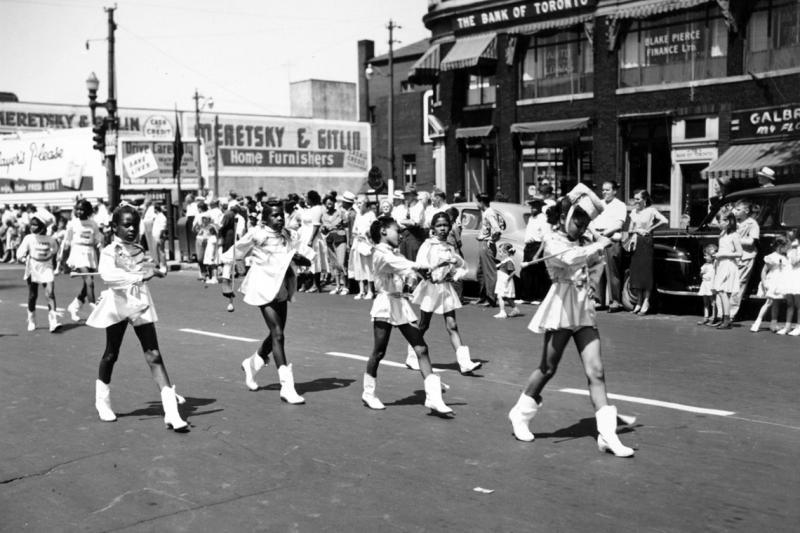
U of T alumna Tonya Sutherland (BA 2016 VIC, MMS 2020) and her team spent hours researching the story of the August 1 festivities in Windsor, Ontario, which in their heyday attracted hundreds of thousands of people commemorating the abolition of slavery. Read the full story of the efforts to make Emancipation Day more widely known again.
1950s and 1960s – The teacher, the judge, the radiologist, the ambassador: a quest for opportunity

Discriminatory and changing immigration policies shape lives. When laws in the U.K. and U.S. changed postwar, Black students, championed by a groundbreaking Classics professor, came from the Caribbean to study at U of T. All went on to change lives in their chosen communities. Read the full story of the Trinity-West Indies connection.
1980s and 1990s – The dentist who turned his family farm into a black history heritage site
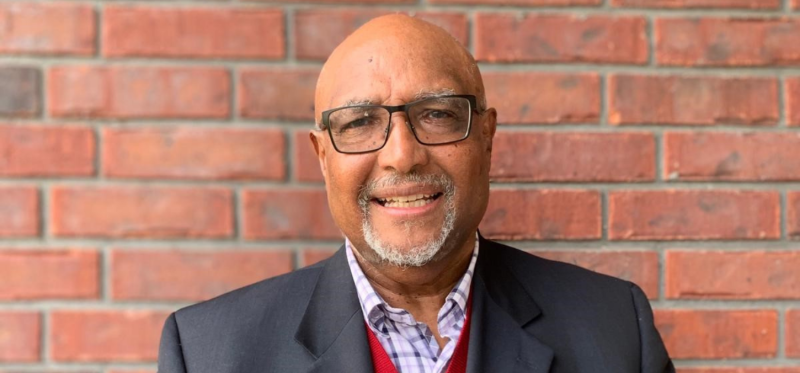
"It became the purpose of my life; preserving, protecting and promoting this history that was the first great freedom movement in the Americas," says Bryan Walls (DDS 1973). He didn't just write a book about his great-great-grandparents’ harrowing journey on the Underground Railroad. Walls also managed to save his family farm, a terminus on the historic route, and turn it into a museum that educates thousands every year. Read the full story of how Bryan Walls dedicated his life to telling the story of the Underground Railroad.
1990s – How Rosemary Sadlier convinced Canada to recognize Black History Month

When discrimination kept Rosemary Sadlier (MSW 1982, BEd 1992) from landing a job in her chosen field, she volunteered instead. Her efforts with the Ontario Black History Society persuaded first municipal authorities, then provincial, and finally the federal government to recognize Black History Month. Read the full interview about how we came to have Black History Month, and why there’s still so much to learn about Black history.
1990s to 2020s – Marlene Donaldson's rise to the pinnacle of rugby
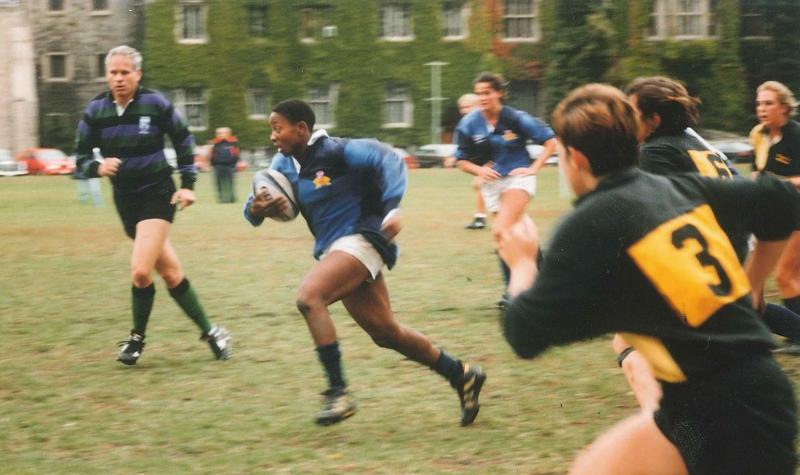
Marlene Donaldson (BPHE 2001) found her passion at U of T - and she really ran with it! After earning all-Canadian honours as a student rugby player, Donaldson played professionally in England and competed with Team Canada in the sport's pinnacle event, the Rugby World Cup. Today, she gives back as a successful coach. Read the full story of how student sport shaped Donaldson and helps her shape others.
2000s to 2020s – Safiya Muharuma is the heart of Varsity Blues women’s hockey

A member of the U of T Sports Hall of Fame, Safiya Muharuma (BA 2004 UTSC, BEd 2005) has been a part of four championship teams as either player or coach. "We forged ahead because we loved playing and we loved everything that had to do with the program," she says. "The dynamic was amazing.” Today's she heading a task force to help Black, Biracial and Indigenous students athletes. Read the full story of Safiya Muharuma's project to make collegiate sports more inclusive.
2020s – This database will illuminate the Black history of COVID-19
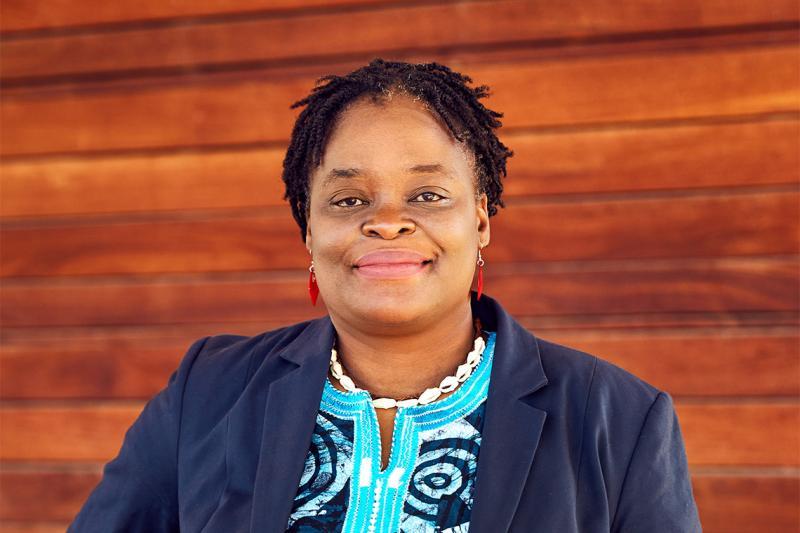
The pandemic exposed inequalities across society, including how Black and racialized communities suffered the worst medical and economic impacts of COVID-19. U of T alumna and public health prof Roberta Timothy (PhD 2007, MEd 2009) is developing a database of Black experiences during COVID-19 pandemic—to hear the unheard voices and to provide evidence for immediate interventions. Read the full story of recording modern Black history during the pandemic.
2020s – Research through poetry: the spoken word film giving voice to women living with HIV
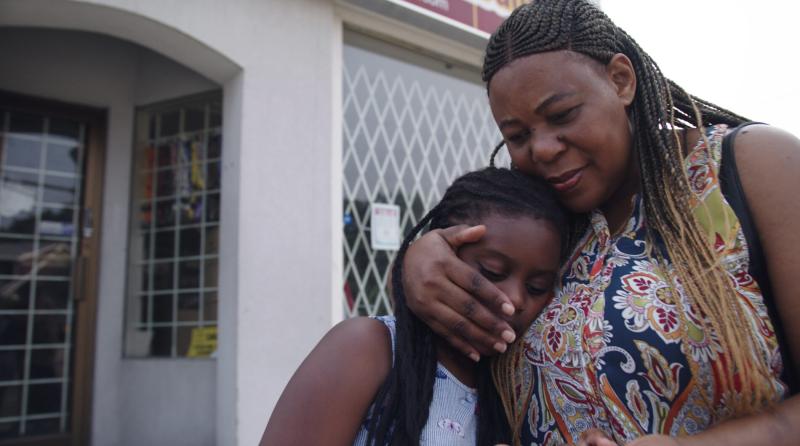
A still image from the Because She Cares spoken word film series, courtesy of the Because She Cares Collaborative
"Storytelling is pretty big in my family, but I never thought it could work in my thesis," says U of T alumna and post-doctoral fellow Lori Chambers (MSW 2008). But when she interviewed a woman about her experiences, "she sang a song. It was beautiful, and I thought: how can you put that in a quote?" So Chambers put it in a poem. Now she and the women she interviewed have turned that poetic thesis into a film series that shines a light on the stories of African immigrant women living with HIV. Read the full story of Because She Cares: Critical Poetic Re-tellings of HIV-related Employment.